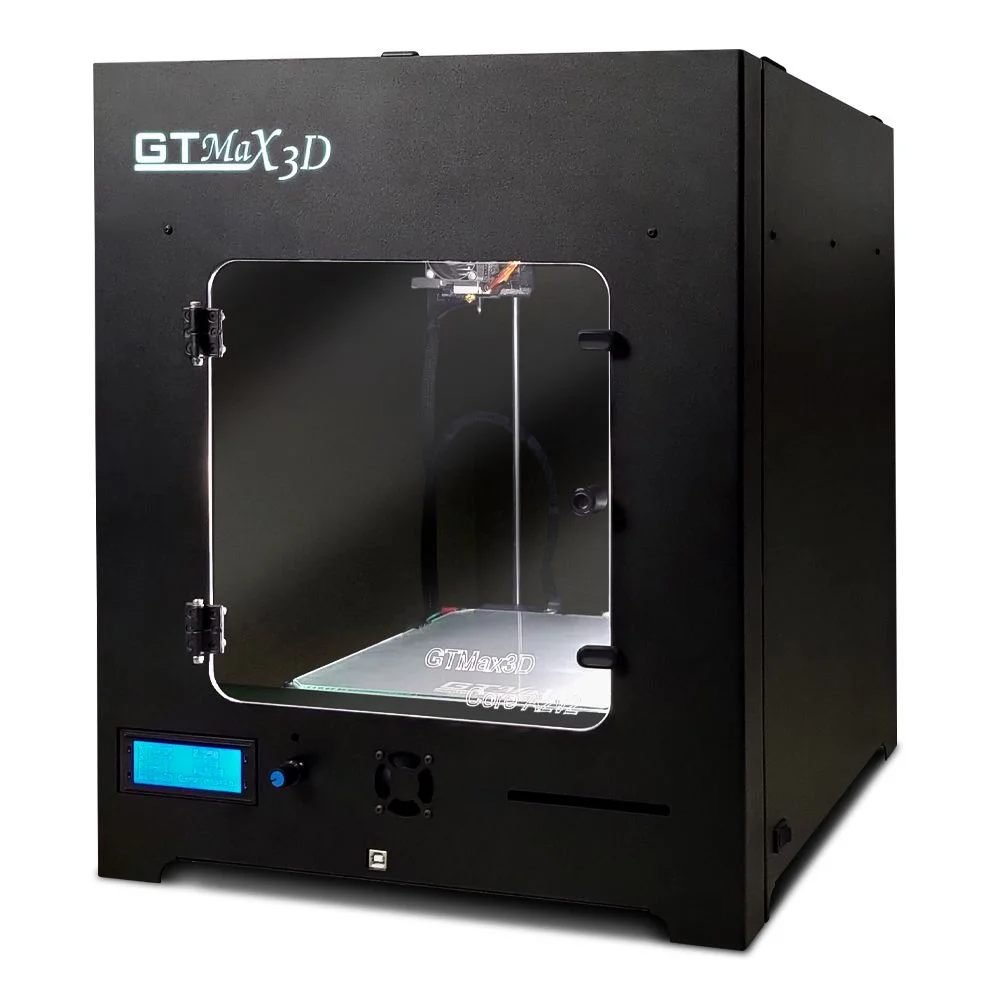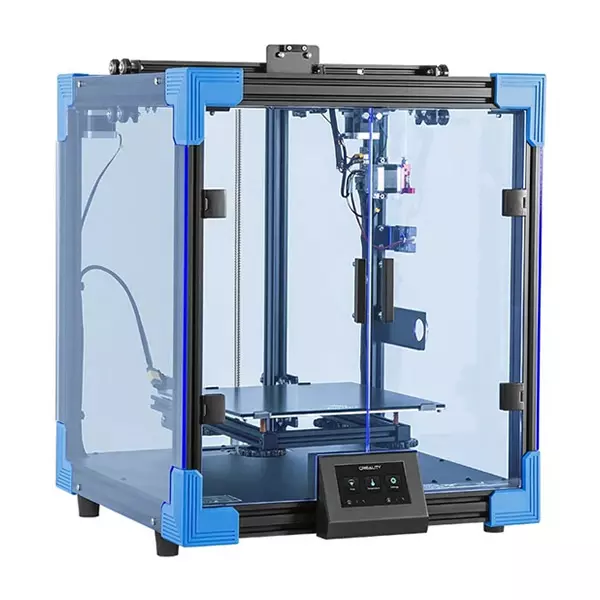Compare Core A2V2 vs Ender 6
Comparison between the best 3D printers
Choose the best 3D printer at the best price. The cheapest 3D printers are here.
Buy a 3D printer here with 3D Fila.
 |
 |
|
| Model | Core A2V2 |
Ender 6[BUY Ender 6] |
| Printing Material | Filament | Filament |
| Buy Filament for GTMax Core A2V2 | Buy Filament forCreality 3D Ender 6 | |
| Estimated price | $684,00 | $499,00 |
| Manufacturer | GTMax | Creality 3D |
| Release Year | 2019 | 2020 |
| Print Volume [mm] | 220x220x240 | 250x250x400 |
| Printer Size [mm] | 425x460x512 | 495x495x650 |
| Weight [kg] | 22 | |
| Power Loss Recovery | YES | YES |
| Enclosed printer | YES | YES |
| Bed Leveling | Manual | |
| Filament End Sensor | YES | YES |
| Bed type | Heated | Heated |
| Power supply system | Bowden | Bowden |
| Standard nozzle | 0,4 | 0,4 |
| Maximum Nozzle Temperature [°C] | 295 | 260 |
| Maximum Bed Temperature [°C] | 135 | 100 |
| Maximum printing speed [mm/s] | 150 | 150 |
| Filament holder | YES | YES |
| Camera for supervision | NO | NO |
| Recommended filaments | PLA, PETG, Tritan, Flex, ABS | PLA, TPU, ABS, PETG |
| Recommended slicers | Cura, Simplify, Slic3r, IdeaMaker | Cura, Simplify, Slic3r |
| Maximum Resolution [mm] | 0,05 | 0,1 |
| Processor | 32 bits | |
| Display | Mono | Touchscreen TFT 4,3'' |
| Power Supply | 24V / 504W | |
| Connectivity | SD / USB | SD / USB |
| Operating systems | Windows, Mac, Linux | Windows, Mac, Linux |
| Date of registration in the system | 2022-11-12 | 2021-04-15 |
| Release date | 2019 | 2020 |
| Extra features | The GTMax3D ProCore A2v2 is a compact and robust 3D printer with a printing area of ??220 x 220 x 240 mm. It offers high print quality, ranging from 0.05 mm to 0.32 mm. Its features include automatic filament detection and changing, travel speed of up to 300 mm/s, and a heated aluminum bed with a glass top. It has automatic bed leveling with 16 points and an all-metal hotend that reaches up to 298°C. The printer has a carbon steel frame with electrostatic painting, is automatic bivolt and has connectivity via USB and SD card. The Bowden system and core xy kinematics complete its advanced features. | The Creality Ender 6 stands out in the world of 3D printers with its CoreXY system, offering fast and high-quality prints. With a robust design, it has acrylic panels to protect against air currents, optimizing the printing of materials that require higher temperatures. It features a generic Creality hotend, effective up to ~240°C. Its differentials include 10mm GATES belts, promoting stability at high speeds, and a 360W power supply for reliable performance. The machine also has an intuitive user interface through a 4.3-inch touchscreen. |
| Support for multiple colors and materials (AMS and CFS) | NO | NO |
Notes * |
||
| Cost-benefit | 6 / 10 | 7 / 10 |
| Hardware | 2.5 / 10 | 2.5 / 10 |
| Tela | . | . |
| Print volume | 3 / 10 | 4 / 10 |
| Performance | 1 / 10 | 1 / 10 |
| [BUY Ender 6] |
Conclusion |
| In comparing the Core A2V2 and the Creality Ender 6, both printers exhibit robust features and reliability, appealing to different user needs within the 3D printing community. The Core A2V2, while being priced higher, offers an impressive maximum nozzle temperature and finer print resolution, making it potentially better suited for intricate projects and materials requiring higher thermal capabilities. Its all-metal hotend and advanced bed leveling system, along with a compact design, provide a quality-driven experience for users looking for precision. However, its smaller print volume may limit those looking to create larger models. On the other hand, the Creality Ender 6, at a more affordable price point, boasts a larger print volume, which is advantageous for users needing to work on bigger projects. Its sturdy build quality and the CoreXY motion system ensure high-speed printing with stability. The user-friendly touchscreen interface is also a notable plus for ease of operation. While its maximum nozzle temperature is lower than that of the Core A2V2, it supports a wide range of materials and has a solid construction that enhances performance. Considering cost-effectiveness, the Creality Ender 6 offers greater value for users prioritizing larger prints and ease of use, while the Core A2V2 appeals to those who require fine detail and use of higher-temperature materials. Ultimately, the choice between the two depends on individual needs: whether one prioritizes larger space and usability, or precision and advanced capabilities. |

